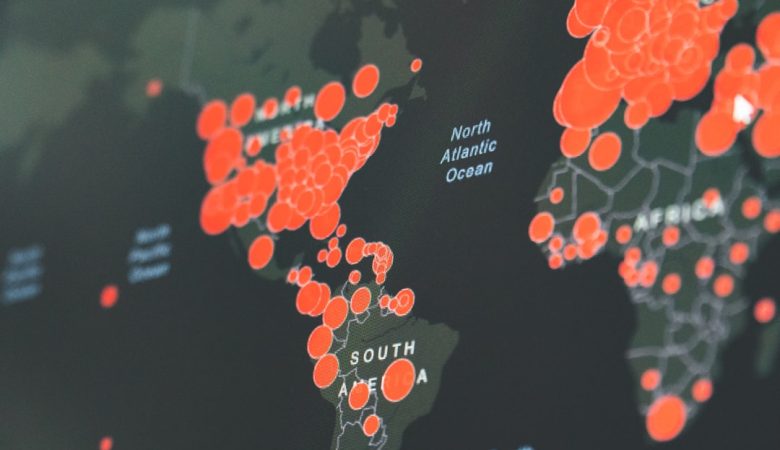Broderick Bevineau remains one of the lesser-known yet profoundly influential figures in modern art and cultural theory. His journey from a burgeoning street artist to a globally recognized creative visionary spans several decades and has left a lasting impression on the fields of visual expression, social commentary, and artistic activism.
Born in the early 1970s in Oakland, California, Bevineau was surrounded by a city filled with fierce social energy and a rich history of protest and cultural fusion. From these early roots, he developed a unique visual language that balanced raw emotion with meticulously structured designs, blending graffiti, abstract expressionism, and urban realism.
The Formative Years
Bevineau’s early career was closely intertwined with community movements. At the age of 17, he began creating large-scale murals in his neighborhood, frequently partnering with local youth organizations to promote social equity and artistic education. These initial projects earned him both local acclaim and the nickname “The People’s Painter.”
Several of his early works still exist today as preserved murals, reminders of his dedication to public engagement and his deep ties to the environments he sought to represent.
[ai-img]urban mural, graffiti art, community mural[/ai-img]
Breaking Into the Art World
By the early 1990s, Bevineau’s artistic range expanded to include gallery installations, mixed media collages, and performance pieces. His debut solo exhibition, “Fractured Voices”, held at the Harrow Gallery in San Francisco, showcased his ability to examine complex social issues—racism, poverty, and urban decay—through bold and emotionally resonant visuals.
The public and critical reception were overwhelmingly positive. Art critics praised his juxtaposition of vibrant color with stark themes, and his fearless representation of marginalized narratives.
- 1993: Winner of the Vanguard Award for Urban Visual Arts
- 1995: Published his first book of illustrated essays titled “Layered Streets”
- 1998: Launched the “WallSpeak” community art initiative
The WallSpeak Movement
Perhaps one of Bevineau’s most enduring contributions was the invention of the “WallSpeak” movement. Designed as a way for local artists to reclaim abandoned and neglected urban spaces through art, WallSpeak encouraged collaboration, dialogue, and the democratization of artistic expression. The movement quickly spread beyond the U.S., taking root in cities across Europe, Africa, and South America.
Bevineau traveled extensively during this period, hosting workshops, speaking at international art conferences, and curating exhibitions that celebrated underrepresented voices in global art communities.
[ai-img]street art, city artists, global mural project[/ai-img]
Influence and Legacy
Though he passed away in 2017 at the age of 46, Broderick Bevineau’s legacy continues to influence artists, educators, and activists alike. His work is archived in prestigious institutions like the Smithsonian American Art Museum and the Tate Modern. Annual scholarship funds in his name support emerging artists from disadvantaged backgrounds wishing to study visual arts and social design.
In recent years, there has been renewed interest in his writings. His essays on “aesthetic resistance,” a term he coined to describe the intersection of beauty and protest, are now widely taught in university art and social science courses. These writings argue that art can be a medium not just of reflection, but of transformation—a principle that guided Bevineau throughout his career.
Key Themes in Bevineau’s Work
- Social Justice: Advocated for the use of art as a tool for activism and awareness
- Community Building: Prioritized collaborative projects that empowered local voices
- Urban Identity: Explored themes of displacement, gentrification, and cultural memory
A Lasting Impact
More than just a visual artist, Broderick Bevineau challenged the boundaries of what art could achieve in the public sphere. His legacy lives not only in his vast portfolio but also in the hearts and minds of those who view art as a catalyst for social dialogue and self-discovery.
Today, from high school classrooms in Detroit to open-air galleries in Rio de Janeiro, Bevineau’s ethos continues to inspire a generation that believes in the power of creativity to change the world.





